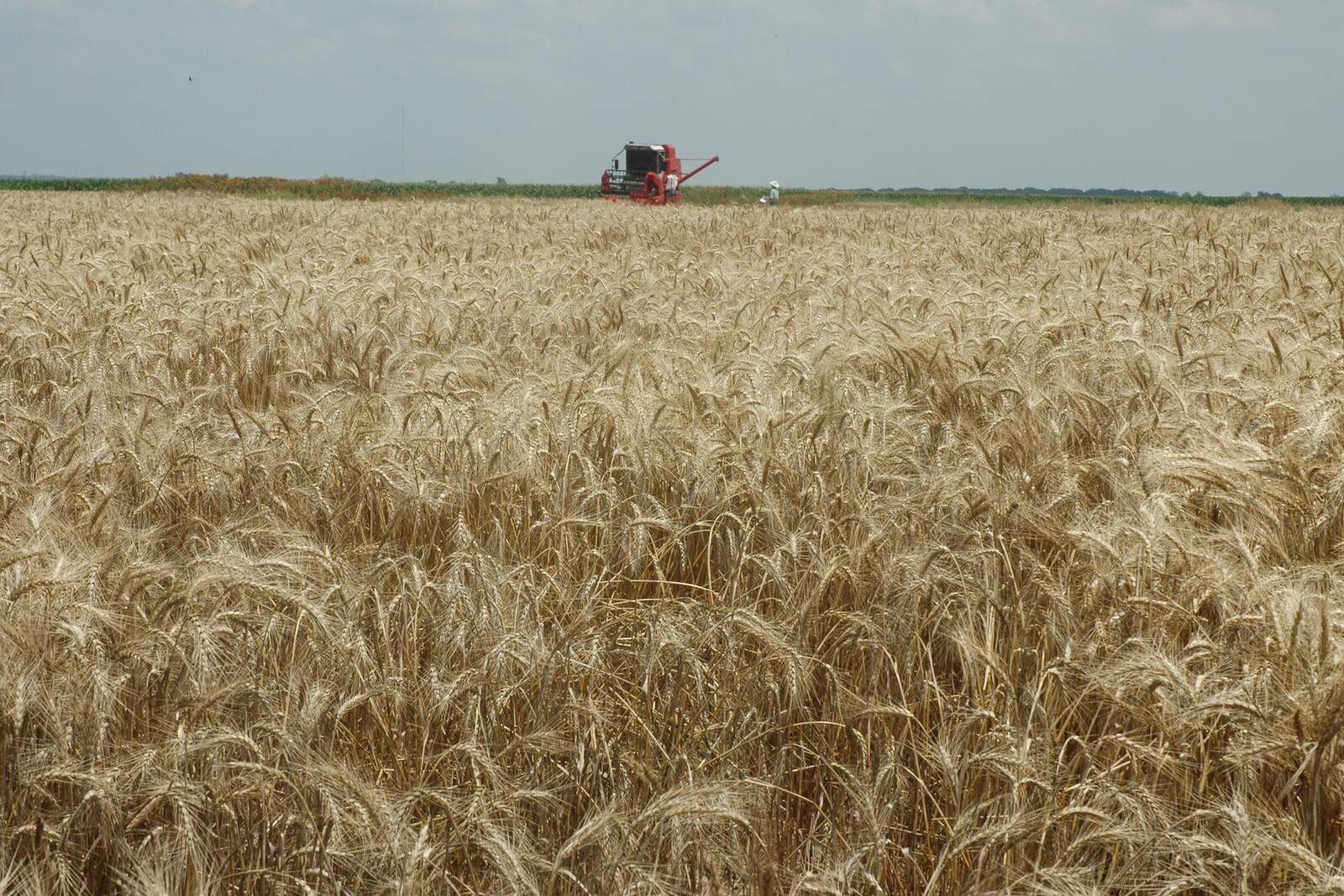
Business
How Commodity Price Shocks Have Impaired Latin America’s Economic Growth
Commodities are used as inputs in the production of other goods and services. Trade flows, demographic changes, production quotas, export controls, and weather patterns affect the physical supply of commodities. Thus, commodity markets are implicitly volatile. Increased demand from China, India and other ‘emerging markets’ during the 2000’s led to continued increases in commodity prices. This increased demand which largely led to higher commodity prices was accompanied by speculative activity in commodity markets.
During the past few years, however, some commodity-export countries in Latin America such as Venezuela and Brazil have seen reduced demand for their commodities. Slower demand from countries such as China has resulted in lower GDP growth in Latin America. In Brazil’s case, lower economic growth has led to other issues (e.g. rising unemployment). Venezuela, which for years relied on high oil prices to sustain its economic growth, has been adversely impacted by the fall in commodity prices.
To make matters more challenging, Venezuela still has a high fiscal deficit as a percentage of GDP. Going forward, Venezuela will find itself in an increasingly difficult position to manage its financial fragility. While commodity prices were high, several commodity-export countries ought to have paid down debt and accumulated reserves. Commodity price shocks effectively reduced Latin America’s regional output. This combined with a strengthening dollar may lead some of these commodity-export countries to seek further assistance from the IMF in the near future.
Countries such as Venezuela and Ecuador may need to seek financial support. Venezuela’s economic contraction combined with its high unemployment, inflation, and inability to service its debts may require borrowing. In an analogous approach, Ecuador may need to restructure its existing debt although President Correa may realize it will be politically unpopular to do so. Since the collapse of oil prices, countries such as Azerbaijan have contemplated pursuing financial assistance from the IMF. Even countries such as Saudi Arabia are pursuing new development strategies that serve as alternatives to the traditional approach of relying on crude oil sales to fuel economic growth. Crown Prince Mohammed bin Salman has unveiled ‘Saudi Vision 2030‘ which incorporates a set of policies that aim to diversify the country’s sources of economic growth and sustain a thriving economy. In the meantime, the commodity price shock involving oil prices has forced Gulf States to use reserves they had accumulated over time.
Traditionally, commodity prices have followed general business cycles of boom and bust. Thus, during recession periods demand levels drop below the supply levels, triggering commodity markets to swing from weighty deficits to enormous surpluses which in turn cause prices to fall accordingly. In the cases of many Latin American countries, commodity price shocks have led to adverse economic conditions. Price volatility and uncertainty concerning future revenue flows have convoluted fiscal management, as well as impaired budgetary and long-term expenditure planning. Moreover, price shocks have dampened investment and led to unemployment in commodity-sectors of the economy. Price shocks do not solely affect short term growth, but also impair a country’s economic development. Fluctuations in the terms of trade also tend to follow price shocks. Likewise, volatility surrounding terms of trade affects exchange rate volatility, which in turn affects investment. Commodity price shocks also affect the cost of foreign borrowing and the capacity to service debt.
Given the copious unfavorable economic effects, policymakers must consider which policy tools can most effectively mitigate the impact of price shocks. For example, using floating exchange rates and inflation-targeting are reasonable approaches that would enable countries to adjust by allowing their currencies to depreciate without generating a downward spiral of inflation and devaluation. Some policy tools which other countries have previously used to address commodity price shocks include: supply management schemes, compensatory finance and income support programs (designed to compensate for shortfalls in income and short-term price shocks), market-based instruments (e.g. hedging instruments such as forward contracts, futures, options), fiscal rules or institutional mechanisms, price stabilization funds, budgetary price forecasts, and diversification policies.
Policymakers ought to consider which policy tools may be most appropriate given the country’s economic environment, its existing institutions, the outlook of the world economy, etc. For instance, using hedging instruments requires that the country have technical and managerial expertise as well as an institutional framework that ensures capable reporting, monitoring and evaluating mechanisms. Policymakers are also advised to implement internal control procedures that protect against speculative transactions. A suitable legal and regulatory framework should be adopted in order to avoid excessive price swings resulting from high levels of speculation. Additionally, so as to reduce index-based speculation, policymakers must develop measures that regulate futures exchanges and over-the-counter markets while improving transparency.
Economic and development research studies suggest that institutions matter in the context of performance and governance. Consequently, weak institutional frameworks in developing countries often do not allow price stabilization funds to be managed in a transparent and accountable manner. Institutional constraints are aggravated by uncertainty surrounding revenue flows, difficulty in predicting the magnitude and duration of commodity price shocks, and consequently in effectively employing counter-cyclical stabilization policies. Hence, policymakers must consider approaches to improving existing economic, financial, and regulatory institutions.
Economic diversification policies can help mitigate commodity price shocks by reducing commodity dependence. Countries should consider alternative economic growth strategies. Among the potential options are: horizontal diversification into alternative crops, vertical diversification into agricultural products that capture a higher proportion of the value chain, and diversification into non-agricultural activities that exploit a comparative advantage. Of course, there are factors that could hinder diversification efforts. These include: structural barriers in international trade (tariff and standards escalation); scarce resources to invest in the sector, weak domestic infrastructure; debt burden; currency devaluation; and political and regulatory environment. All of these potential hurdles must be reconciled in the analysis.
A commodity price shock that leads to rising prices should be carefully monitored by central banks so that they can adopt measures to stem inflationary pressure. In such an event, central banks ought to focus on core inflation while assessing nominal interest rates which can give rise to speculative short-term capital inflows with adverse exchange-rate effects. Moreover, revenue stabilization funds can be used to avoid exchange-rate appreciation and to build buffers that address volatility. Resource-based economies with floating exchange rates that try to stem inflationary pressure through monetary tightening may face the issue of currency appreciation. Another policy tool that could be used by commodity-sensitive countries more widely is controls on short term capital flows. Capital controls may be sector-specific, industry specific, or economy-wide. Finally, monetary and fiscal policies complemented by an exchange rate policy that avoids over-valuation should also be considered.
Notwithstanding, economic diversification and industrialization policies will help to effectively reduce countries’ vulnerability to the effects of commodity price volatility. In order to ameliorate the detrimental influence of commodity price shocks, policymakers must analyze and weight the various policy options that are available. Mitigating the effects of commodity price shocks can help improve a country’s long-term expenditure planning, stabilize the cost of foreign borrowing, and help sustain its economic growth.
